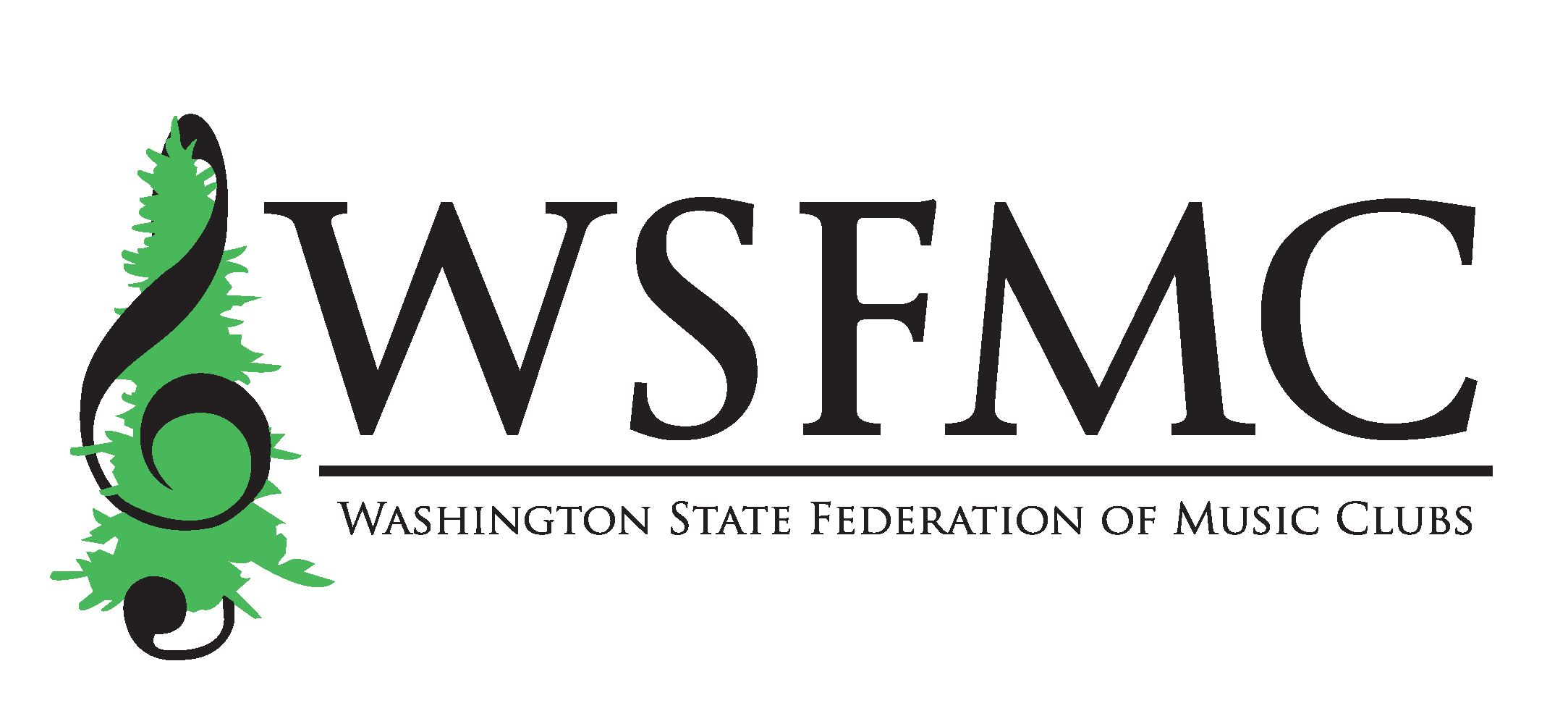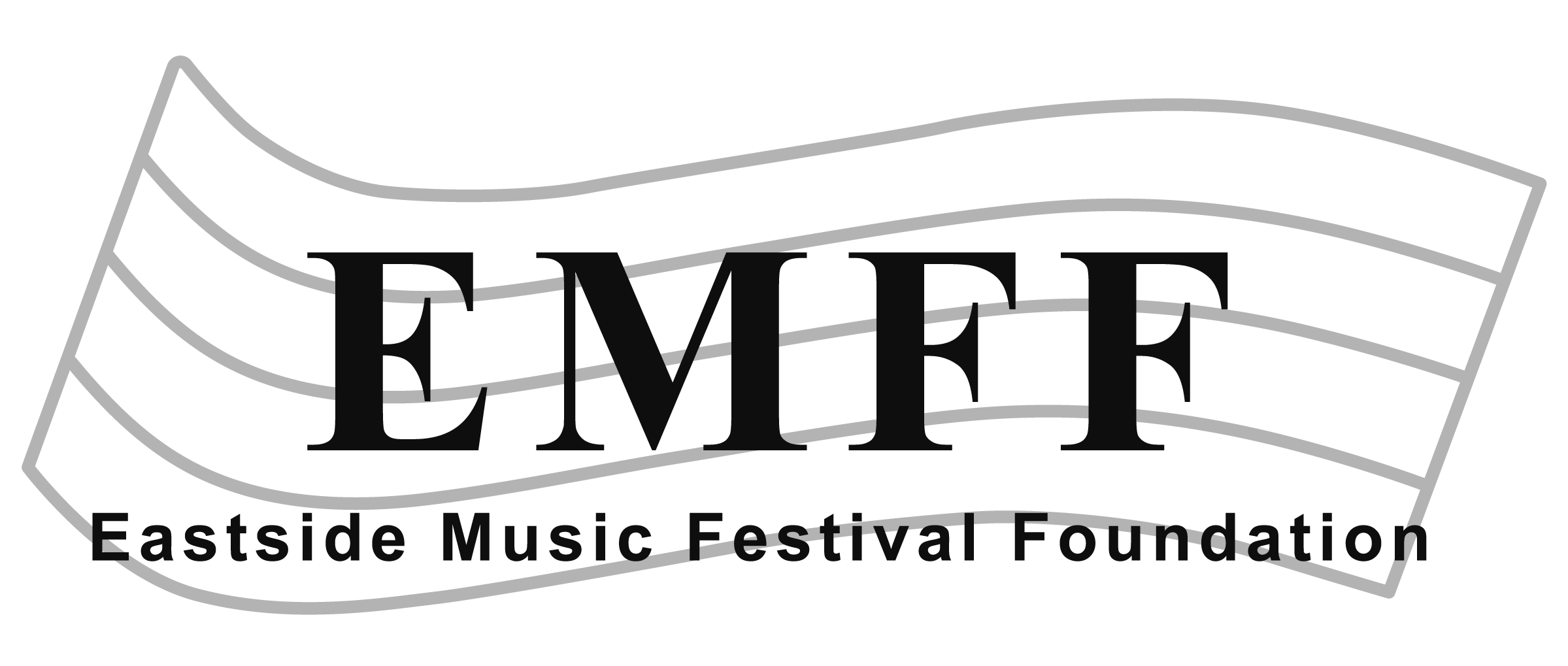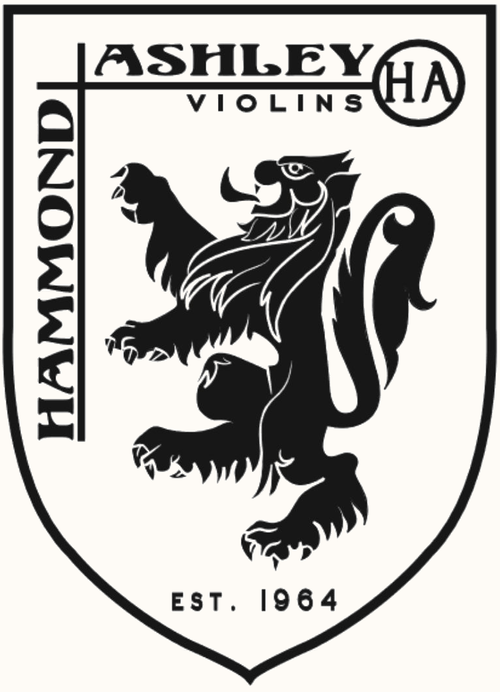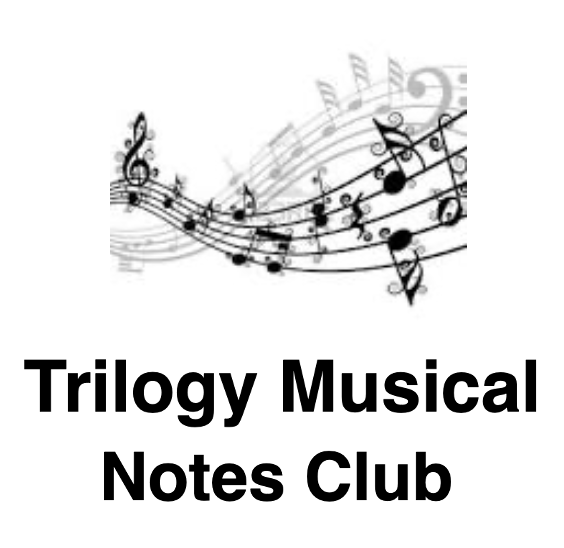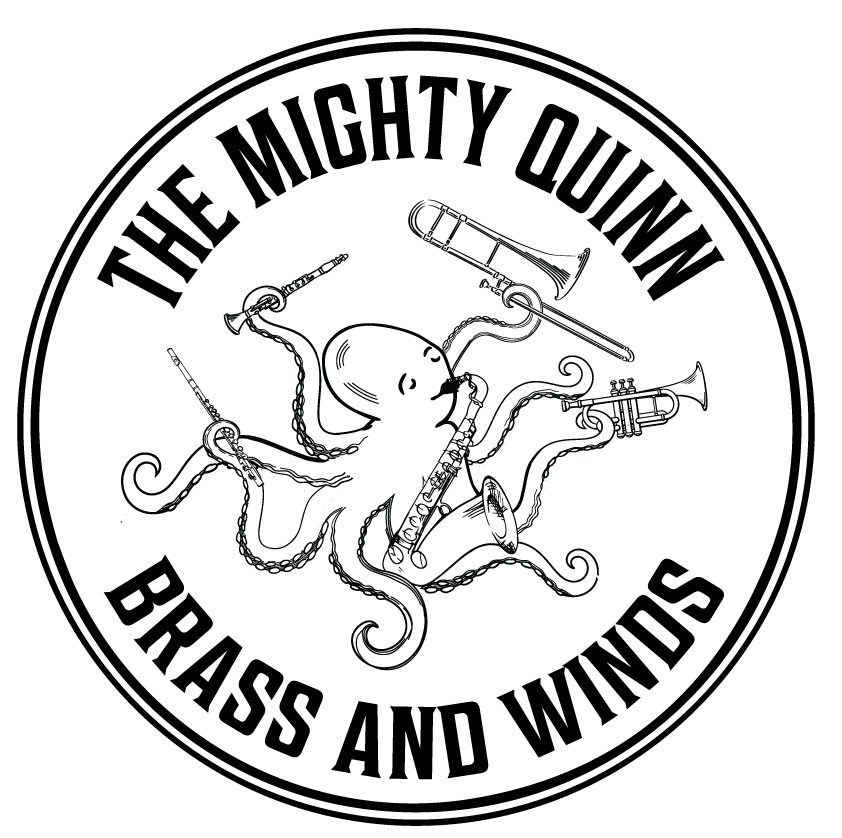Welcome to the 2025-2026 season at BYSO!
We are looking forward to meeting all of you soon and making great music with you throughout the season. Information about our music for Fall quarter will be posted soon. We will also post important updates and information periodically throughout the quarter to help you prepare for our rehearsals and seating auditions.
David Drassal- Conductor
Hannah Ogden- Assistant Conductor


